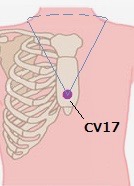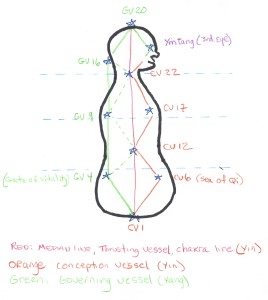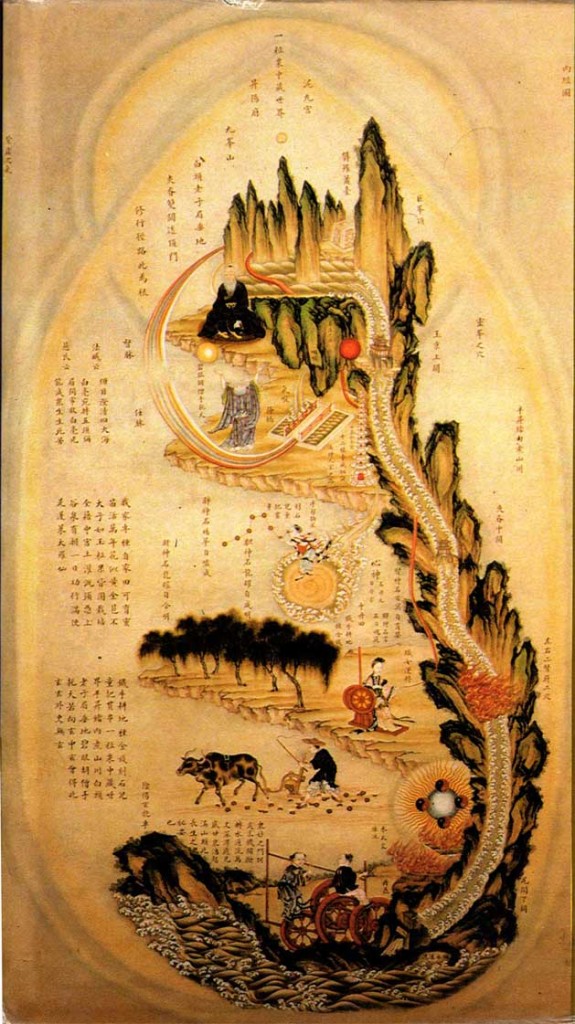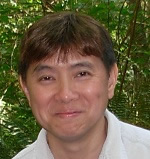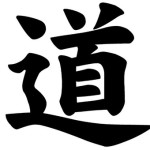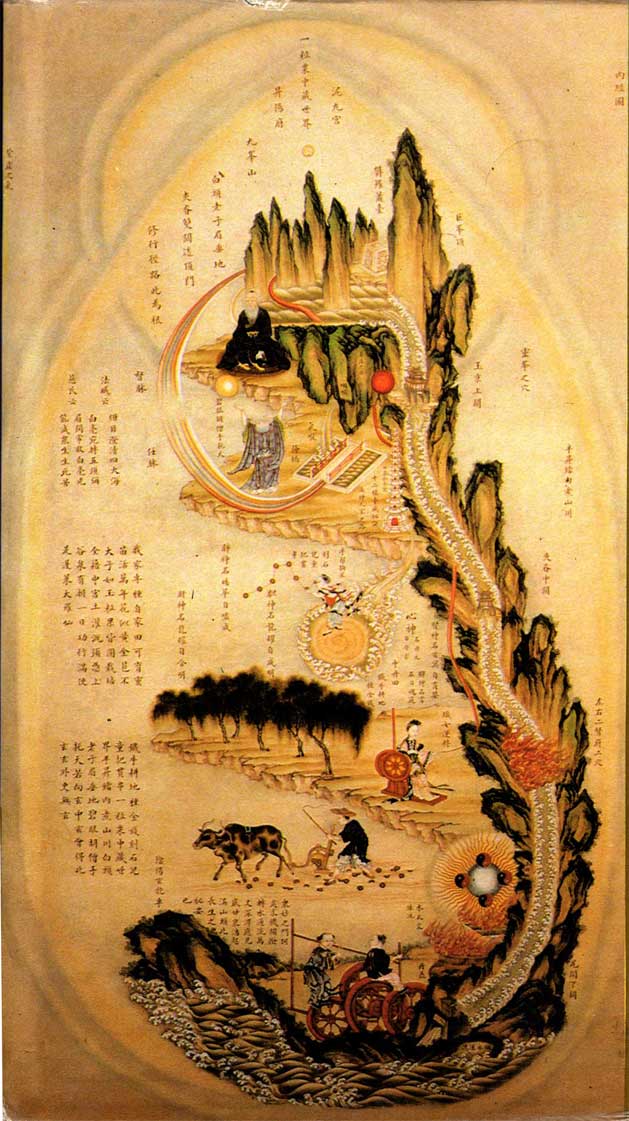Happy Thanksgiving to you all!
I just had my fifth chemo infusion yesterday. One more to go on December 17th. Its been a slog through fatigue, digestive challenges and weird taste buds, with lots of sports watching and crossword puzzles to keep me going when I am too tired to move. My plunge down the rabbit hole of this round will begin in a day or two, so I am trying to take advantage of some moments of clarity.
There has been a major bonus to this adventure and that has been the leap in my practice. Nothing like depleted yang energy to slow you down and help awaken to the ever-present stillness, or as Adyashanti is currently calling it, the Ground of Being. Patanjali, in sutra I-3, refers to this as ‘drashtu svarupe‘, the True Nature of the Seer, with the lovely addition ‘avasthanam’, from the Sanskrit root ‘stha’ meaning stable, also seen in II-46, sthira sukham asanam. In other words, Patanjali’s definition of Yoga requires your ‘self-sense’, an emergent expression of the ahamkara, the ‘I maker’ in Samkhya philosophy, to be stably grounded in Being. For most of us, the grounding is unstable for some time as we occcasionally/peridoically/often slip back into inhabiting the patterns, beliefs, concepts and stories of the egoic ‘self-sense’. ( See previous posts on the Skandhas.)
We all have glimpses of the awakened state, even those without a spiritual practice. Our ever-present ‘True Nature’, is always luminating our lives. We just do not see this, thus the term ‘avidya’, translated as ignorance, but which literally means ‘not seeing’. When our hearts are open in our relationships, or when Mother Nature awakens our innate sense of awe and wonder at her immense power, elegance and beauty, we are there. We tend not to realize what is happening in the moment, which is usually a good thing, because when the ego does the recognizing, the spell is broken. We are all very familiar with that pattern. And this is why we practice.
The challenge is to create a practice specifically for grounding the self sense in the infinite. (We can also use the synonymous terms: Ground of Being, True Nature, Buddha Nature, Brahman, Presence, Pure Awareness, Stillness or Ultimate Mystery as pointers.) Of course, in trying to do so, what we encounter immediately is the seemingly random nature of our ‘attentional faculties. What does it mean to ‘pay attention’ and to sustain that attention in a specific direction?
In Patanjali’s third chapter, the Vibhuti Pada, he completes and integrates the last three limbs of the eight practice Ashtanga yoga. Number six is ‘dharana’, bringing your attention to a one point focus. This is often the breath, but can be the sound-scape surrounding you, a mantra, sensations of the body, etc. Limb seven is ‘dhyana‘ or sustaining your attention through an act of will power. (Dhyana became “Chan’ when the teaching moved into China, and Chan morphed into Zen when itreached Japan.) Will power is needed because the deeply embedded habits of attention are to restlessly jump around, creating the aptly described ‘monkey mind’.
Progressing from dharana to dhyana is not a simple path. Patanjali, in sutra I- 14 states
sa tu dirgha-kala-nairantarya-satkarasevito drdha-bhumih
Stability of mind requires continuous practice, over a long period of time, without interruption, and with an attitude of devotion and love.
‘Long period of time’ strongly implies patience, persistence, self compassion and a sense of humor. When the egoic mind is driving the bus, it is not a fun ride, because this transition to stabilizing the attention can unfold over your whole lifetime. The great wonder and delight is that the awakening mind is ever-present offering clues and advice and we can nurture our connection there through the setting of intentions. Awakening does not take place in time!
When our sustained attention no longer requires will power and becomes natural and effortless, we call it Samadhi. In this state of absorption both time and self sense drop away. Now to be clear, samadhi is not necessarily awakening, although it is a powerful preparation. Because the absorption is still engaged in the world of form and impermanence, there is still something missing. The leap comes in being able to stay absorbed focally, and then allow the attention dissolve into spacious awareness.
As an example, I have chosen to sit for 5 minutes and follow my breath. Maybe by counting, or tracking sensation in the body, but I know that my mind will drift away. So my intention, set at the beginning is to, when ever I notice that the mind has drifted, to gently, lightly and humorously bring it back. This may happen five times, ten times, doesn’t matter. It’s a game with only winning.
Another intention is to just see the whole process with a sense of wonder. My mind is wandering, and “I know’ the mind is wandering’. Wow, this is cool! When the ‘I’ drops away and only ‘knowing’ remains, this is Pure Awareness. The judgment, criticism, boredom and frustration that inevitably arise are all expressions of the egoic mind states, but I can also notice them with a sense of lightness and wonder. Wow! ‘I See’ these egoic mind states as they appear. They are not me, but mental phenomenon arising I can notice and observe. When the I drops away, again, this “Seeing” is “Pure Awareness.
If the I does not drop away, we have what is often called the ‘witness’ or witnessing consciousness. We all begin here and it is a helpful step in dropping identification with thoughts. As Patanjali says, in completing the trilogy on yoga in I-4,
vrrti svarupyam itaratra. (At other times, that is, when not in the state of yoga), there is identification with mental patterns, leading to the dysfunctional mind states that then predominate.
The ‘I am witnessing’, or ‘I see’, or ‘I know’ is still dualistic. There is the observer, me, and what is being observed. The witness has been called the last refuge of the ego and dissolving the ‘I’ is one of the more challenging aspects to practice. In the last sutra in the Samadhi Pada, Patanjali describes this:
I-51 tasyaapi nirodhe sarva-nirodhaan nir-biijah samaadhih
Upon the cessation of even those (truth-bearing samskaras) seedless samadhi is attained.
Recognizing that I am not my body, not my thoughts or memories, etc is crucial. These are some of the ‘truth bearing ideas’ Patanjali is referring to. But they are still thoughts.
To return to the more beginning aspects of our practice, the mental arisings/thoughts/beliefs and ideas are the citta vrtttis mentioned by Patanjali in the oft quoted Sutra I-2, yogash citta vrtti nirodha. The term ‘nirodha‘ is a key one to understand because it is easily misunderstood, by the egoic mind of course, which cleverly uses it to keep itself alive and well. “Oh, I have to get rid of my thoughts, or stop thinking”. Or maybe it appears in one of it’s more virulent strains “I have to get rid of my ego!” Only the egoic mind could come up with that one. Fast lane to suffering there!
Meditation practice is in many ways about impulse control. As described in the third skandha, perception/impulse, the egoic structures essentially begin to coalesce here, so here we can begin to transform them. We need the skandhas. It is important to have strong stabilizing structures to help organize the potentially chaotic flow of energy and information our organism needs for surviving and thriving. If I were a reptile, my whole life would be based on perception and impulse. My development stops here. Survival, food and sex. The right information comes in, a reflex is activated, action happens. Otherwise, not much happening. No contemplation of the world around me. No analysis.
As a human, information comes in, and I can pause before I act. Do I really want to do/say that? I check my memory. Haven’t I been down this road before? My higher cortical funtions can be brought to bear on the situation. This is known as mindfulness, or the high road, integrating the uniquely human pre-frontal cortex. Or, if there has been trauma of some other form of pain associated the situation, the low road, amygdala/fear impulsive reaction happens suddenly.
In a meditation practice, our impulsive nature is often trivial, but none-the -less actively engaged. By knowing ahead of time that this is coming, I can set my intentions to stay mindful, using compassion, patience and humor, to slowly develop the capacity for nirodha, impulse control. The thoughts will come. Pleasant and unpleasant, klishta/aklisha, spiritual or downright embarrassing. They will come. Our humanness has thousands of generations of momentum moving through us so self compassion is very important. But with patience, and understanding we are not trying to stop the thoughts from coming, but only to inhibit our need to react, we begin to discover the natural spaciousness of the mind field, its innate intelligence, and its unconditional love. And when we ‘see’ what is arising this way, we are seeing through the eyes of stillness, and strengthening our capacity to remain here, where ever we are, under whatever circumstances my be arising.
The other side of practice, especially one that has been proceeding for many years, is that egoic habits can be ingrained unconsciously. I have discovered that I am highly over-attached to bodily sensations. I have spent untold hours and years staying engaged and swimming in the inner ocean. With a nudge from the ego, focal attention becoame a form of obsession. I have an old karmic ‘granthi’ or energetic knot, in my third chakra area. It shows up in the spinal column at T-12, and in the surrounding tissues, tendons, organs etc. Many incarnations of fears seem to be stored here, and the last two years have pushed me right up against this. My habit, now that this is no longer unconscious, is to get stuck there, constrict and panic, a classic low road amygdala loop. The egoic belief translates this as ‘there is something seriously wrong with me and there is no escape. Body constricts, blood pressure rises, I feel my BP rising and go ‘oh no, and then it spikes some more. I’ve developed ‘blood pressure phobia’. Doctors, hospitals and a cancer diagnosis have been a perfect petri dish to grow this.
My stored trauma has become a major source of practice and learning. Fear can be amusing in an odd spiritual kind of way. It was also very reassuring to see that in Adyashanti’s latest book, “The Most Important Thing”, he devotes a whole chapter, “The Dirty Little Secret of Spiritual Practice” to this very same knot. Fortunately, my practice has also given me some skills to play with this fun experience. About 8 years ago I stated to my inner self, ‘bring on whatever I need to wake up”. I’m ready. No idea what would happen, but now I am beginning to “See” what this is all about. Knowing it intellectually is not enough. Even having glimpses of the infinite aren’t enough. Stabilizing this requires embodying the awakening, in the cells and organs. This arises when we can see our deepest fears and traumas through the eyes of stillness. Healing arises when the trauma is held, through attention, within the open spaciousness of the Ground of Being. The body is a short term rental anyway, but while it is our home, it can serve as a tremendous source of creativity and healing energy that we can contribute to the planetary awakening emerging fitfully in our historical moment.
As Mr. Iyengar laughingly stated in a class many years ago, “make hay while the sun shines”. He was referring to our personal practice, meaning when you are feeling good is the best time to go deeper, to invest more time. Don’t wait until trouble arises. It is like building a savings account of karma that will serve you when the inevitable challenges come along. The Ground of Being is the ultimate refuge, the ultimate root of all healing and transformation. It is ever-present. Realize this, allow it to just be, and your life will unfold exactly as it needs to.


